Khunjerab National Park
Khunjerab National Park (Urdu: خنجراب نیشنل پارک) is a national park in Gilgit Baltistan, Pakistan.[1] Khunjerab National Park is Pakistan's third largest national park, and is adjacent to the Taxkorgan Natural Reserve in China.
| Khunjerab National Park | |
|---|---|
IUCN category II (national park) | |
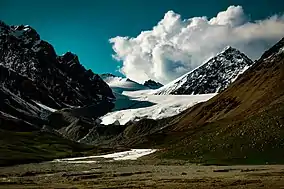 | |
 Khunjerab National Park is established adjacent to Taxkorgan Natural Reserve, China | |
| Location | Hunza District, Karakoram, Gilgit-Baltistan, Pakistan |
| Coordinates | 36°35′13.21″N 75°23′59.5″E |
| Area | 2,269.13 km2 (876.12 sq mi) |
| Elevation | 17,000 ft (5,200 m) |
| Established | 1975 |
| Visitors | 250000 |
Etymology
Khun means "blood" and jerav means "to stream" in Wakhi, the native language of the region.
History
Khunjerab National Park was established primarily as a means to protect the Marco Polo sheep (as well as snow leopards and bharal) living in the area.[2] The borders of the park were mapped by Schaller in 1974, after a short field survey. The park was formally established on 29 April 1975 by Prime Minister of Pakistan Zulfikar Ali Bhutto, who said that "it must become a world famous park".[3]

Despite being listed as a category 2 national park, banning human activities including agriculture and hunting, the park was poorly managed, meaning that illegal hunting of the Marco Polo sheep continued. Because of this, the International Union for Conservation of Nature commissioned Norwegian biologist Per Wegge to do a wildlife survey of the park in 1988.[4] Wegge found that there was no evidence of competition between the domestic sheep being illegally grazed and the wild Marco Polo sheep, and that most of the illegal hunting was not being done by local Wakhi residents.[4] He therefore proposed that the park be reclassified, allowing grazing and commercial hunting, with the profits going to local residents. However, the government overlooked Wegge's suggestions, instead drawing up a new management plan, which both the IUCN and the World Wildlife Fund supported as a means to preserve the park and protect the wildlife. Wegge was critical of the government scheme, claiming that it was based on financial considerations, with the Pakistani government hoping to attract tourists to the area. The IUCN agreed with this, and has since distanced itself from the national park.[5] To help protect the animals from poaching, the WWF has created the Khunzerav Village Organization, which relies on people living in the area to report poaching or endangered animal sightings.[6] This park was created on 29 April 1975 on the recommendation of wildlife biologist Dr. George Schaller. Over half of the park is above 4,000 m. Khunjerab Pass, the gateway to China via the Karakoram Highway, is at 4,934 m.
Wildlife
The primary purpose of this park was to provide protection to the endangered Marco Polo sheep, which is only found in this area in Pakistan. According to the Mir of Hunza, the population of sheep was around 400 but had dropped to below 180 by the time of the completion of the Karakoram Highway. A herd of almost 75 Marco Polo sheep was recorded in the spring of 1984 and park staff saw at least 50 crossing the pass in May 1989.
The park is also famous for its snow leopards. Some reports say that it might contain the highest density of these beautiful cats in the total Himalayan ecosystem, which is the natural habitat of these cats. Over 2,000 Siberian ibex, widely distributed and abundant in the park but absent from neighbouring China, are also present here.
Mammals
Total species: 16. Mammals in the park include:
| Name of animal | Scientific name | Status | Pictures |
|---|---|---|---|
| Snow leopard | Panther uncia | Threatened | 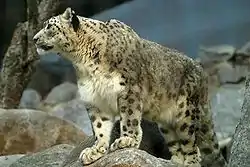 |
| Himalayan ibex | Capra ibex sibirica | Least concern | |
| Himalayan brown bear | Ursus arctos isabellinus | Threatened | .jpg.webp) |
| Red fox | Vulpes vulpes | Least concern | 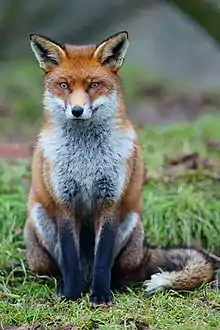 |
| Tibetan wolf | Canis lupus filchneri | Threatened | _cropped.jpg.webp) |
| Blue sheep | Pseudois nayaur | Vulnerable (Shimshal are only) | 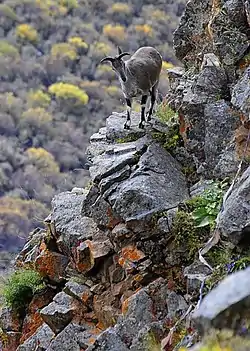 |
| Marco Polo sheep | Ovis ammon polii | Threatened | 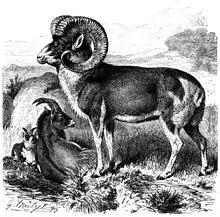 |
| Western kiang | E. k. kiang | Unconfirmed |  |
| Fergana stoat | M. e. ferghanae | Least concern | |
| Mountain weasel | Mustela altaica | Unconfirmed | .jpg.webp) |
| Beech marten | Martes foina | Least concern | .jpg.webp) |
| Long-tailed marmot | Marmota caudata | Least concern | 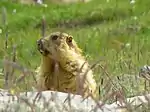 |
| Eurasian lynx | lynx lynx | Unconfirmed | 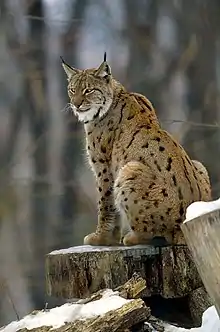 |
| Large-eared pika | Ochotona macrotis | Least concern | 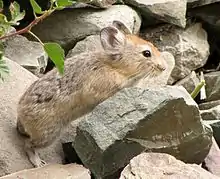 |
| Dhole | Cuon alpinus | Unconfirmed |  |
| Cape hare | Lepus capensis | Least concern | 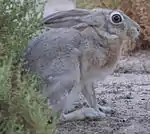 |
| Wood mouse | Apodemus sylvaticus | Least concern | .jpg.webp) |
| Royle's mountain vole | Alticola roylei | Near threatened | |
| Asian house shrew | Suncus murinus | Least concern | 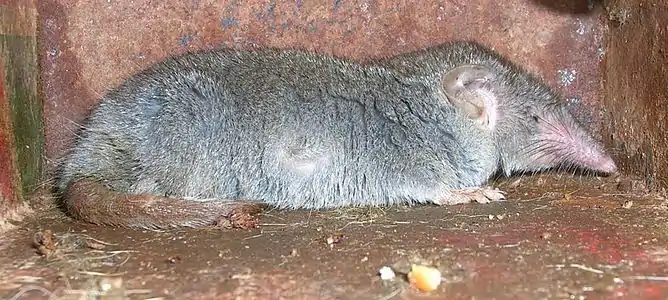 |
| Etruscan shrew | Suncus etruscus | Least concern | 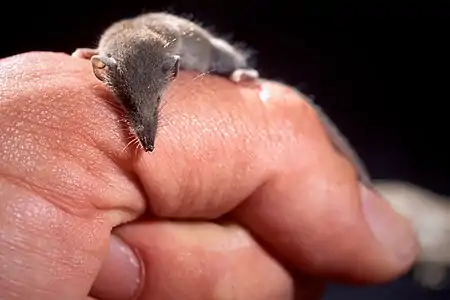 |
| Grey dwarf hamster | Cricetulus migratorius | Least concern |
Birds
| Name of bird | Scientific name | Pictures |
|---|---|---|
| Bearded vulture | Gypaetus barbatus | 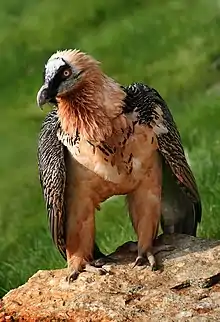 |
| Golden eagle | Aquila chrysaetos | 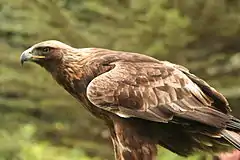 |
| Himalayan vulture | Gyps himalayensis | _in_Spiti.JPG.webp) |
| Cenreous vulture | Aegypius monachus | 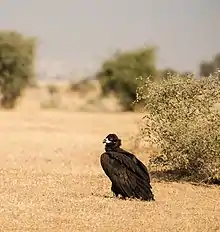 |
| Western marsh harrier | Circus aeruginosus | 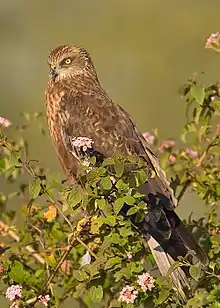 |
| Eurasian sparrowhawk | Accipiter nisus | 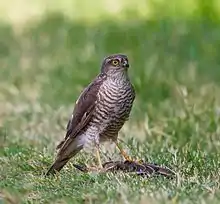 |
| Eurasian kestrel | Falco tinnunculus | 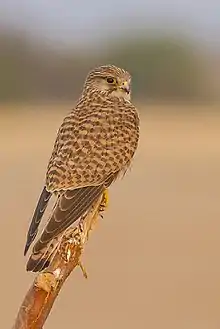 |
| Lesser kestrel | Falco naumanni | 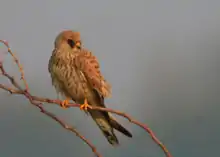 |
| Saker falcon | Falco cherrug | .jpg.webp) |
| Peregrine falcon | Falco peregrinus | .JPG.webp) |
| Himalayan snowcock | Tetraogallus himalayensis | 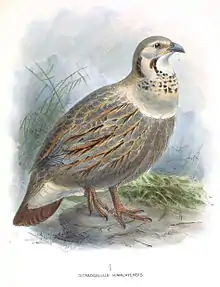 |
| Chukar partridge | Alectoris chukar | 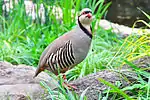 |
| Grey heron | Ardea cinerea | _(5593437102)_cropped.jpg.webp) |
| Common sandpiper | Actitis hypoleucos |  |
| Hill pigeon | Columba rupestris | 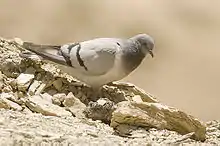 |
| Snow pigeon | Columba leuconota | 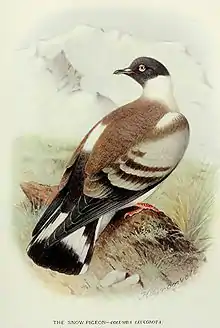 |
| Eurasian eagle-owl | Bubo bubo |  |
| Indian eagle-owl | Bubo bengalensis | 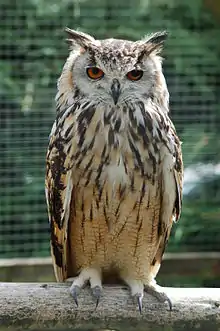 |
| Common cuckoo | Cuculus canorus |  |
| Barn swallow | Hirundo rustica | 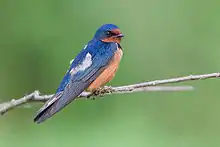 |
| Eurasian magpie | Pica pica | 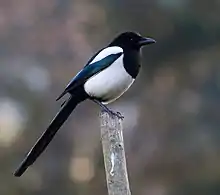 |
| Alpine chough | Pyrrhocorax graculus | 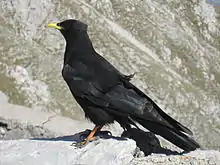 |
| Common raven | Corvus corax | 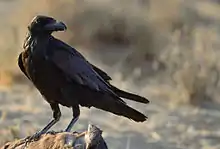 |
See also
References
- "Khunjerab National Park". World Wildlife Fund. Archived from the original on February 4, 2012. Retrieved May 5, 2012.
- Kemf 1993, p. 141
- Kalland & Bruun 1995, p. 108
- Kalland & Bruun 1995, p. 109
- Kalland & Bruun 1995, p. 110
- Khan 2008
| Wikimedia Commons has media related to Khunjerab National Park. |
External links
| Wikimedia Commons has media related to Uncia uncia. |